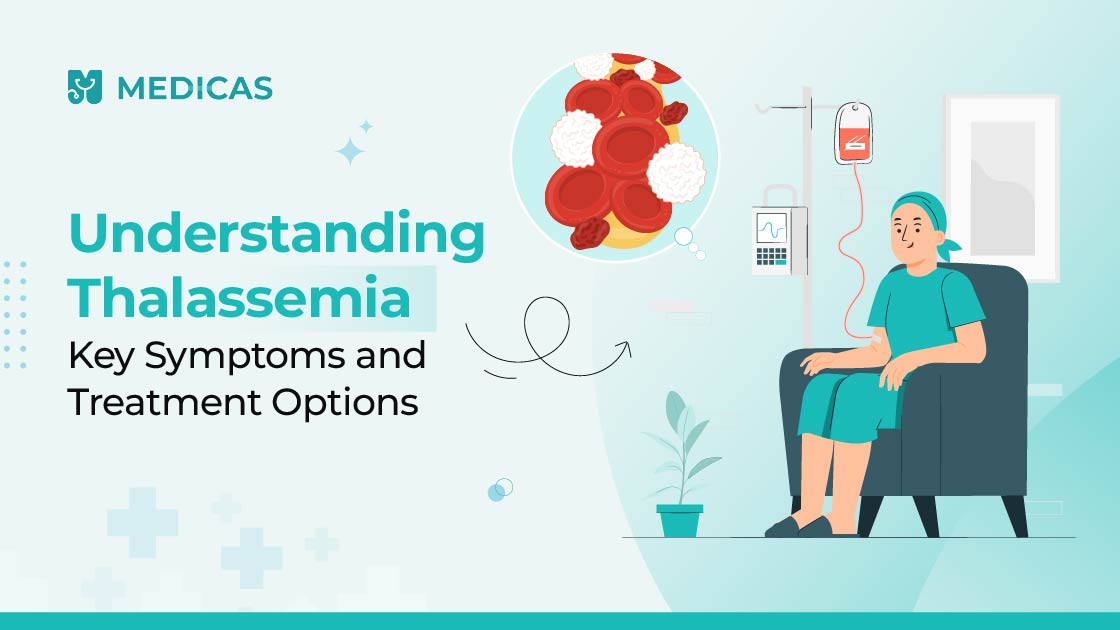Understanding Thalassemia: Key Symptoms and Treatment Options
Thalassemia is a genetic blood disorder that affects the body’s ability to produce healthy haemoglobin, the protein in red blood cells that carries oxygen. Many people don’t know they carry the gene for thalassemia until a child in the family shows symptoms or a routine blood test reveals abnormal results. Although it may seem overwhelming, thalassemia can be effectively managed with the right treatment and care.
What is Thalassemia?
Thalassemia occurs when the body makes less haemoglobin or produces faulty haemoglobin. This leads to fewer healthy red blood cells and reduced oxygen supply to body tissues. It is an inherited condition, meaning it is passed down from parents to children.
How Thalassemia Affects the Body
Thalassemia causes several internal changes in the body:
- Chronic Anaemia: Due to the rapid breakdown of abnormal red blood cells.
- Bone Marrow Expansion: The body tries to make more red blood cells, which can cause bone pain or deformities.
- Enlarged Spleen and Liver: The spleen works harder to remove faulty red blood cells, leading to swelling.
- Iron Overload: Frequent blood transfusions may lead to excess iron in the body, which requires special treatment.
Caused by issues in the beta globin gene.
Thalassemia is caused by inherited gene mutations. It is more common in:
- Children born to two carrier parents
- Families with a history of thalassemia
- Ethnic groups like South Asians, Middle Easterners, and Mediterraneans
Symptoms of Thalassemia
Common Symptoms
- Tiredness and weakness
- Pale skin
- Shortness of breath
- Bone pain
- Enlarged spleen or liver
- Dark-colored urine
Early Symptoms in Children
- Poor feeding
- Slow growth
- Frequent infections
- Pale appearance
Diagnosis of Thalassemia
Thalassemia can be diagnosed through:
- Complete Blood Count (CBC): Detects low haemoglobin and abnormal red cell size.
- Haemoglobin Electrophoresis: Identifies the type of haemoglobin.
- Genetic Testing: Confirms mutations and helps with family planning.
- Prenatal Testing: CVS and amniocentesis can detect the condition in unborn babies.
Conclusion
Thalassemia is a serious but manageable condition. With early diagnosis, proper treatment, and family support, people with thalassemia can live healthy and fulfilling lives. If you or a loved one is experiencing unexplained fatigue or anaemia, consult a healthcare provider for timely testing. You can also connect with experienced doctors via online consultation on Medicas for guidance, lab test bookings, and continuous care from the comfort of your home.
Ref : https://www.blogs.medicasapp.com/thalassemia-symptoms-treatment-guide/





Comments